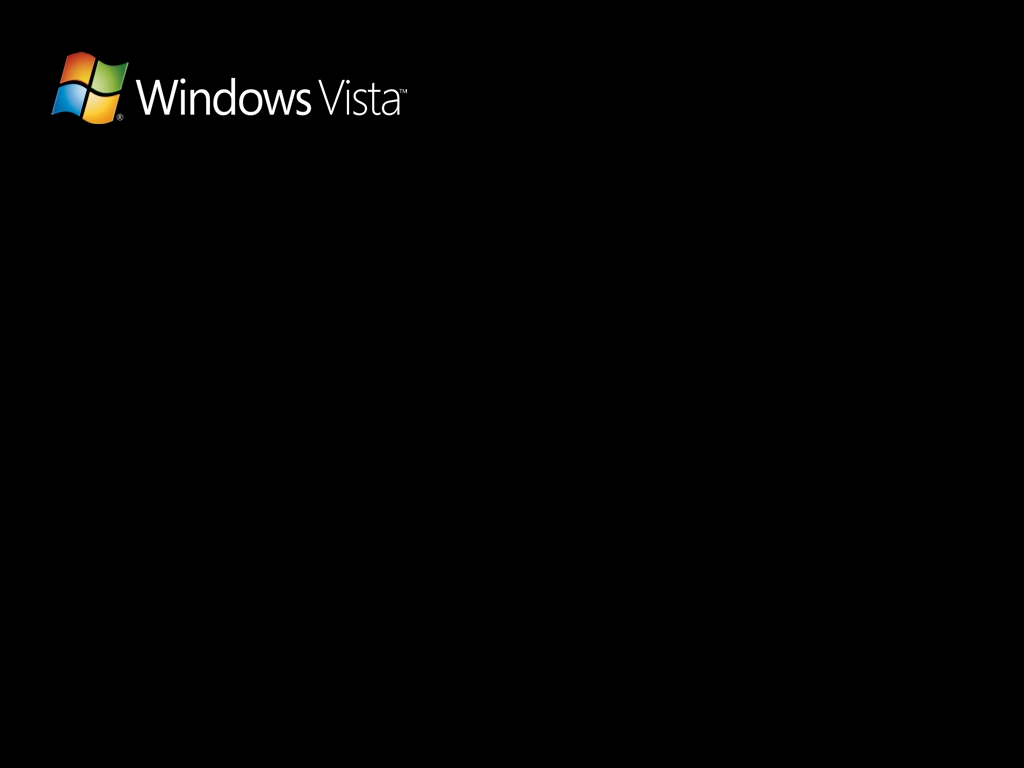


Once selected, click the Settings button and look for the Text section in the new window. You'll have to change logon.scr to whatever the name of your screen saver is, and can change the value of ScreenSaveTimeOut to the amount (of seconds) that you prefer for the timeout.If you step away from your computer and want to let others know when you'll be back, you can use the "3D Text" screen saver as a way to leave a message. "Scrnsave.exe"="C:\\WINDOWS\\SYSTEM32\\logon.scr"Ĭopy/paste this in a text file, and rename to screensaver.reg, then double-click this file to merge these changes in your registry. Next you'll have to apply the following changes to your registry: I had success by using Windows Vista's logon.scr screen saver (you can find it here \Windows\System32\logon.scr in Windows Vista). So you'll have to find a 3rd party screen saver that doesn't require Direct3D support, or use a pre-Windows 7 screen saver from an older Windows version. This means that you won't be able to use any of the built-in Windows 7 screensavers, or any 3rd party screen savers that require Direct3D support.

There is a 'work around' to anable a screen saver at the login screen though.įirst you'll need to find a screensaver that will run without Direct3D support - which is not available at the login screen. Unlike Windows XP and Vista, Windows 7 doesn't launch a screen saver if you leave the computer idle on the Windows logon (or Welcome) screen. Windows 7: Enable a Logon Screen Saver By: Arie Slob


 0 kommentar(er)
0 kommentar(er)
